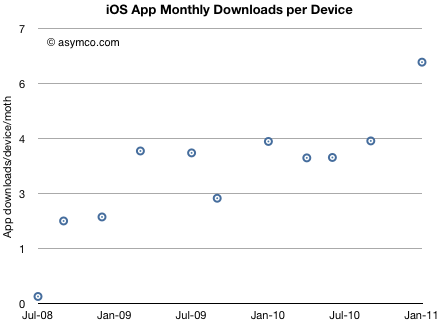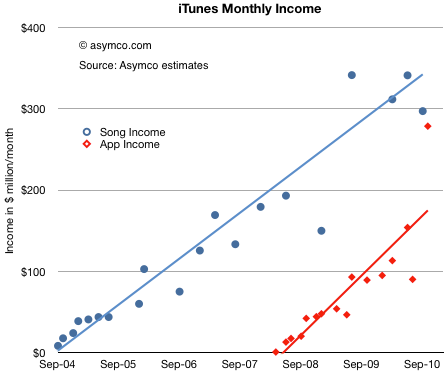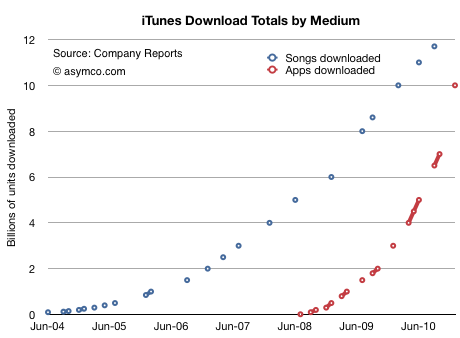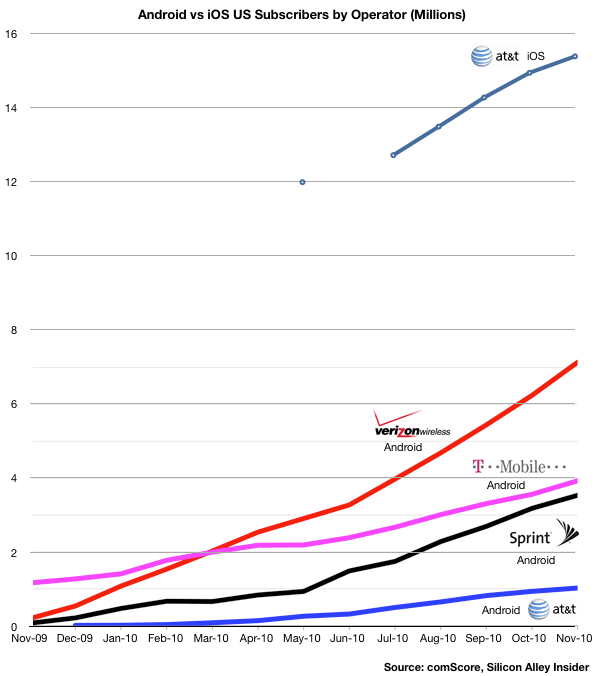Professional analysts’ first year iPad unit forecasts (sourced from TMO Finance Board)
- Brian Marshall, Broadpoint AmTech 7.0
- David Bailey, Goldman Sachs 6.2
- Kathryn Huberty, Morgan Stanley 6.0
- Shaw Wu, Kauffman Bros. 5.0
- Mike Abramsky, RBC Capital Markets 5.0
- Gene Munster, Piper Jaffray 3.5
- Ben Reitzes, Barclays Capital 2.9
- Keith Bachman, BMO Capital 2.5 Continue reading “Unforeseeable growth: Analyst failure on iPad as indicator of disruptive change”




